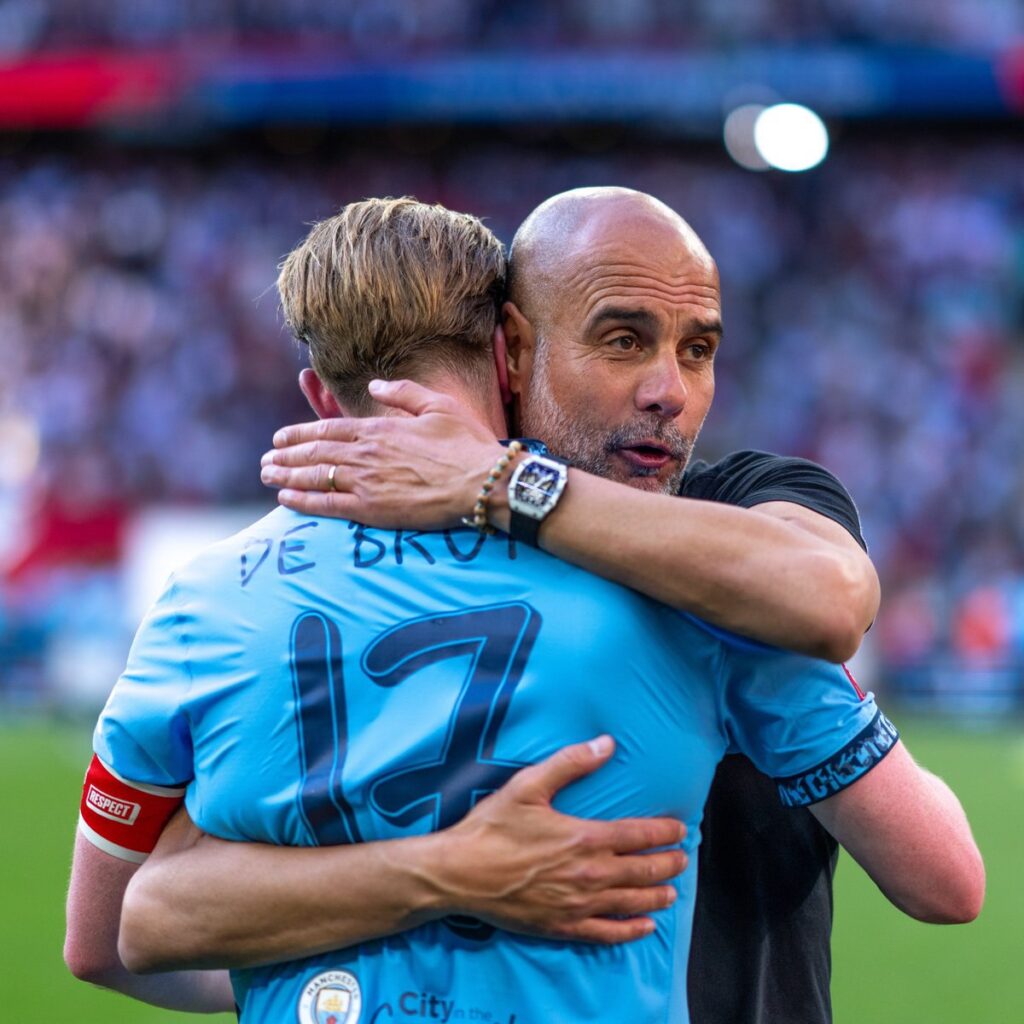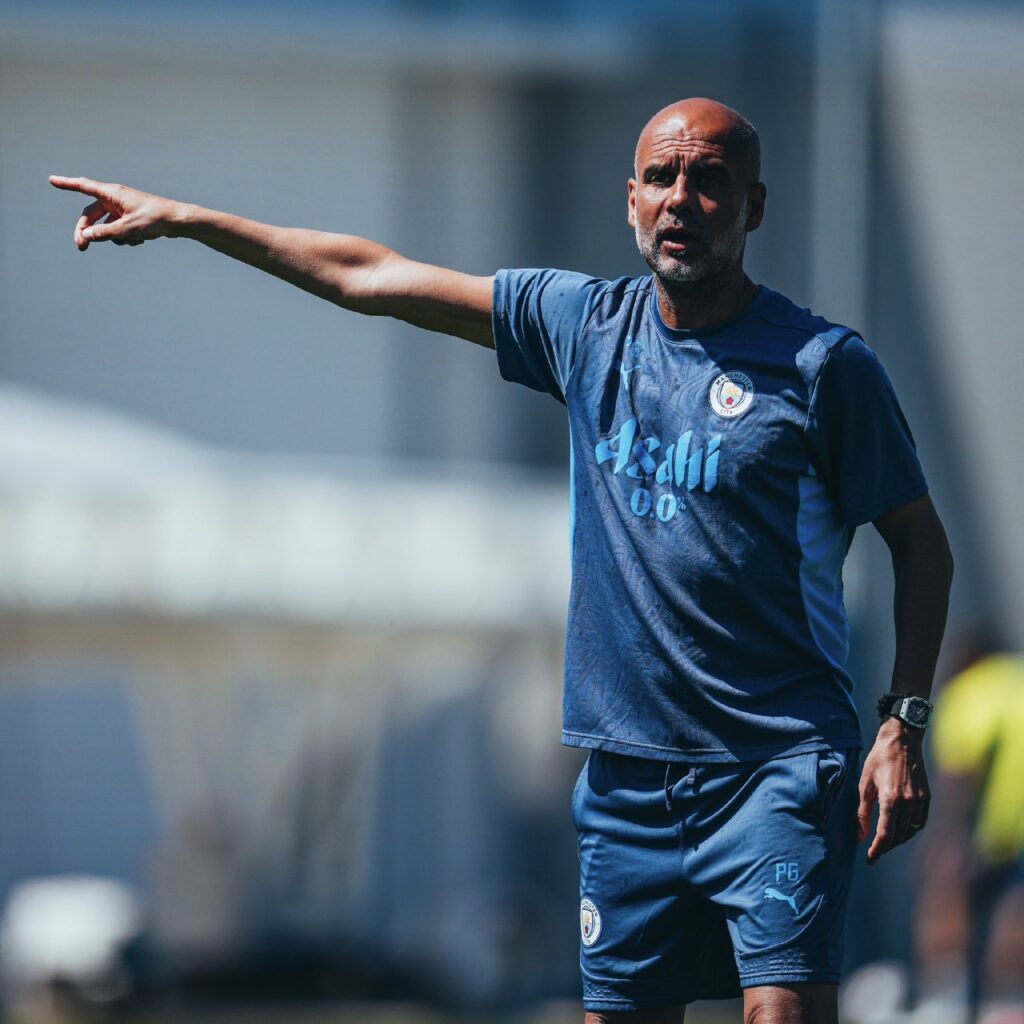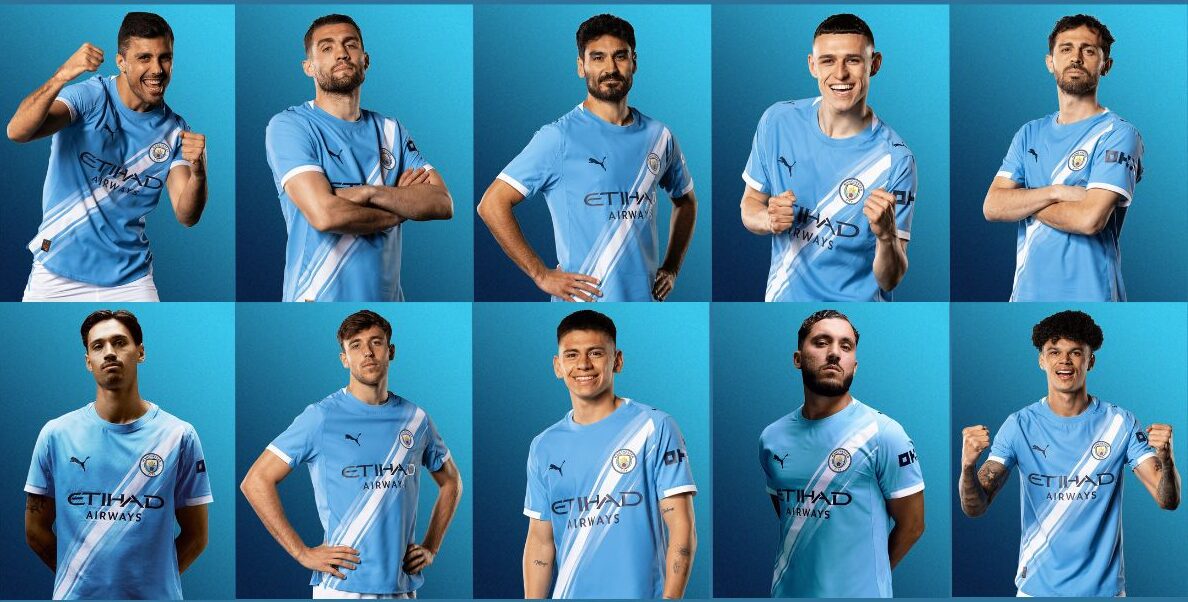Manchester City are back with a vengeance after the disappointment of a trophyless 2024-25 season. Pep Guardiola, never one to stand still, has launched a bold tactical reboot this summer. With over £110 million spent and three new signings—Rayan Nuri, Tijan Rinders, and Rayan Churky—this isn’t just a refresh. It’s a full-on transformation, built to solve last season’s issues and spark a new, dynamic era at the club.

Pep knew exactly where things went wrong. Injuries to Kevin De Bruyne, a lack of width, makeshift fullbacks, and a midfield that missed Rodri’s influence all contributed to City’s dip. Instead of patching things up, Pep has gone for a system overhaul. And it’s already starting to show in preseason and the Club World Cup.
Rayan Nuri, the standout left-back from Wolves, is finally the profile Guardiola has been searching for. Unlike the years of improvisation at left-back with players out of position, Nuri is a specialist. He’s not just solid defensively; he’s electric going forward. Eleven goal involvements last season show that he can make a real difference in attack, and his flexibility—overlapping wide or tucking inside into midfield—makes him vital to City’s buildup play. In the 6-0 win against Alaina, Nuri’s intelligence and movement were already making headlines.
In midfield, the arrival of Tijan Rinders is arguably the most significant tactical upgrade. The former AC Milan star was named midfielder of the year in Italy, and his mix of physicality, technical skill, and spatial awareness adds everything Manchester City lacked last season. He can press, carry the ball forward, break lines, or sit deep and dictate. His chemistry with Rodri is already noticeable, giving Guardiola the option to use a more aggressive double pivot or revert to the classic 4-3-3 with more energy and control. The Times described him as a “reset button” for City’s midfield—and that feels exactly right.
Then there’s Rayan Churky. Just 21, but already showing flashes of brilliance. Guardiola loves players who can read spaces and operate in tight areas, and Churky does exactly that. Last season in France, he led the league in creative metrics like expected assists and shot-creating actions. He doesn’t just assist—he unlocks defenses with trickery and vision. He can play centrally, wide, or even as a false nine. It’s clear Pep sees him as a long-term creative force in a post-De Bruyne world.
All three signings reflect a bigger shift in philosophy. Pep is ditching the slow, methodical build-up for something sharper and more unpredictable. The width comes from Nuri. The midfield drive from Rinders. The flair and surprise from Churky. Combined with Phil Foden’s continued evolution, the return of Rodri, and Erling Haaland’s ever-present goal threat, this Manchester City side is more fluid, aggressive, and hard to predict.
There’s also been a deliberate move to streamline the squad. Guardiola trimmed it to around 23-24 players—tight enough to maintain cohesion but deep enough to adapt to any opponent. He’s brought in new coaches like Pep Lijnders from Liverpool, a sign that he’s not just refreshing the squad but refreshing ideas too. It’s Guardiola 3.0—a more modern, leaner, and tactically nimble version of Manchester City.
The Manchester City defense continues to be built on Ruben Dias’s leadership, with Gvardiol, Akanji, Stones, and Ake all rotating in key roles. Rico Lewis and young talents like Nikico O’Reilly have stepped up in the fullback roles, offering fresh energy and flexibility. Lewis, in particular, is already being asked to invert into midfield and provide control alongside Rodri.
In midfield, the spine is solid again. Rodri remains irreplaceable, and now with Rinders beside him, Manchester City are able to dominate central areas with intelligence and physicality. Oscar Bobb, Claudio Echeverri, and Matheus Nunes offer depth and variety, ready to rotate and step in when needed.
Up front, Foden and Churky will carry much of the creative load, while the wings are stacked with options like Doku, Savinho, and Marmoush. Each brings different tools—dribbling, directness, pressing—and Guardiola will rotate based on the opponent. And of course, Erling Haaland remains the central force. His finishing, movement, and sheer presence are unmatched. He creates space just by existing—and that’s a luxury no other striker can provide.
Manchester City’s tactical shape remains fluid—starting in a 4-3-3 or 4-2-3-1 but shifting into a 3-2-5 or 2-3-5 depending on the phase. The fullbacks invert, midfielders drift, and the attackers interchange constantly. It’s designed to suffocate opposition defenses with movement, overloads, and sharp positional play. The press is also more controlled now, with a better structure when City lose the ball—thanks in large part to Rodri and the improved awareness of the center-backs.
As the season unfolds, this version of Manchester City will continue to evolve. But what’s already clear is that Guardiola has built a side that blends structure with chaos, control with creativity. It’s a group that can dominate with the ball or blitz opponents with pressing and directness.



Merely a smiling visitant here to share the love (:, btw outstanding style.